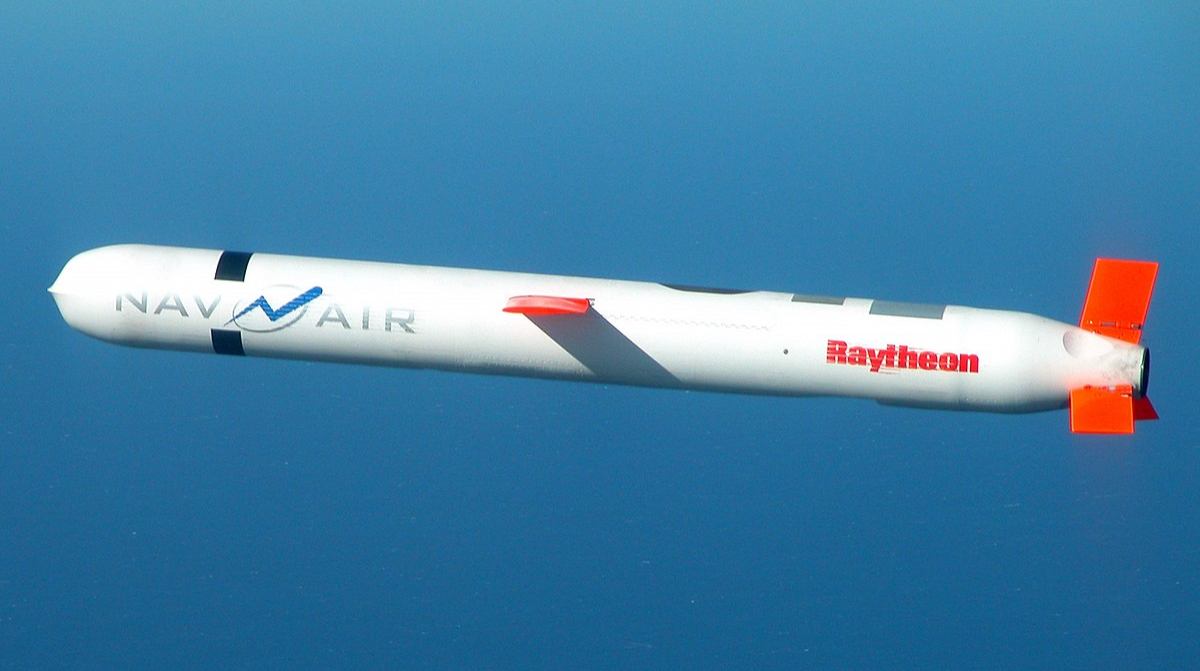3I/Atlas continues to be full of surprises. As well as being only the third interstellar object ever detected, new analysis shows it is producing hydroxyl (OH) emissions, with these compounds betraying the presence of water on its surface. This discovery was made by a team of researchers at Auburn University in Alabama using NASA’s Neil Gehrels Swift Observatory, and was described in a study published in The Astrophysical Journal Letters.
Hydroxyl compounds are detectable via the ultraviolet signature they produce. But on Earth, a lot of UV wavelengths are blocked by the atmosphere, which is why the researchers had to use the Neil Gehrels Swift Observatory — a space telescope free from interference experienced by observatories on Earth.
Water is present in virtually every comet seen in the solar system, so much so that the chemical and physical reactions of water are used to measure, catalog, and track these celestial objects and how they react to the heat of the sun. Finding it on 3I/ATLAS means being able to study its characteristics using the same scale used for regular comets, and this information could in future be useful data for studying the processes of comets that originate in other star systems as well.


